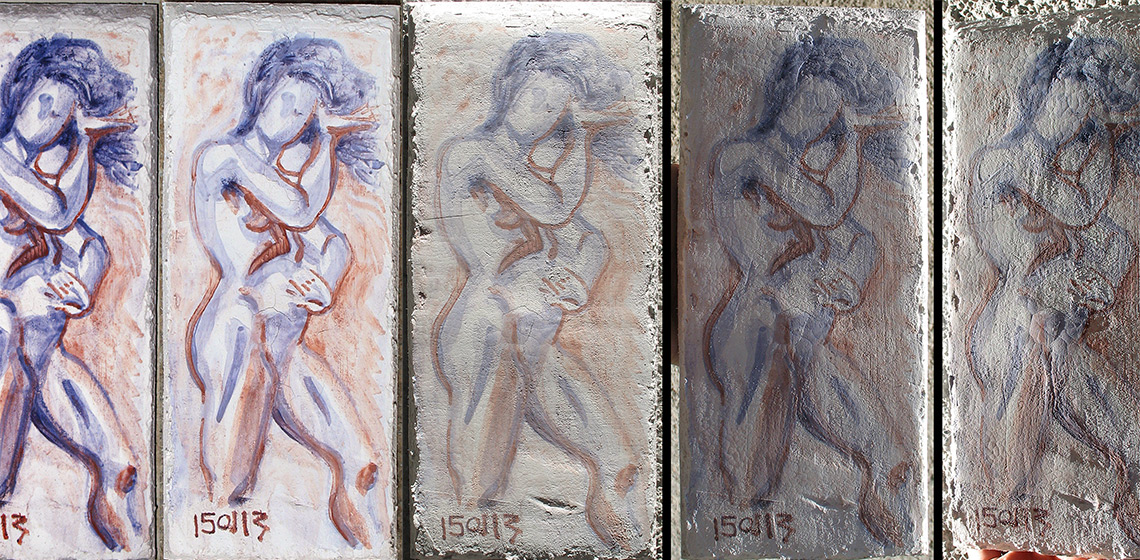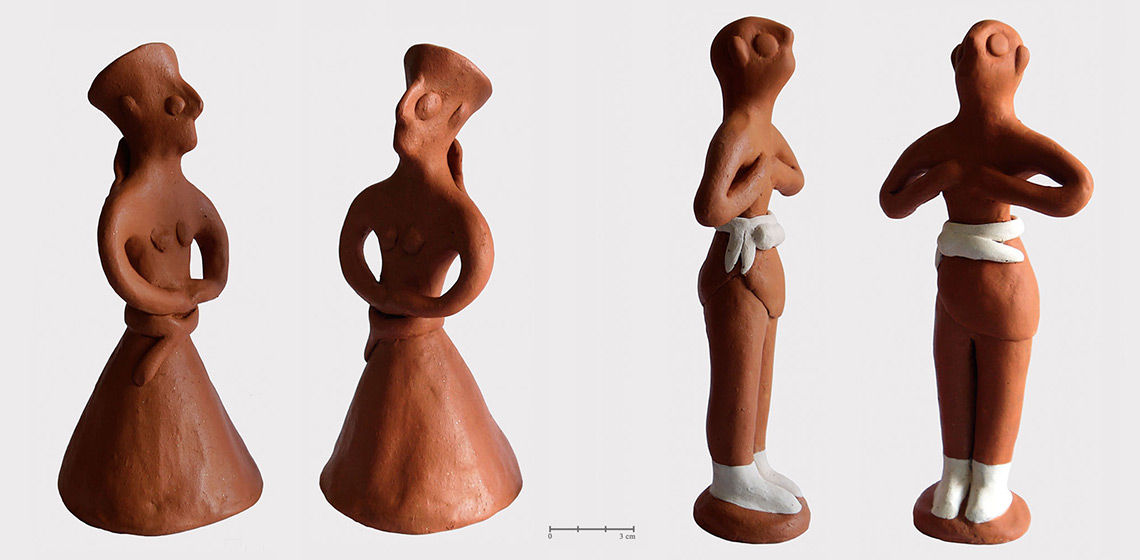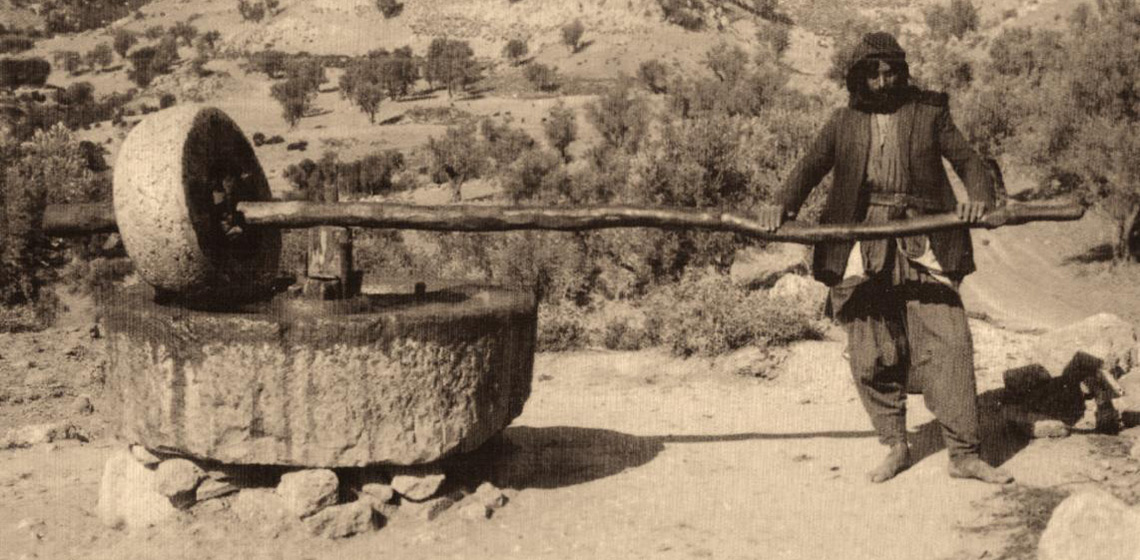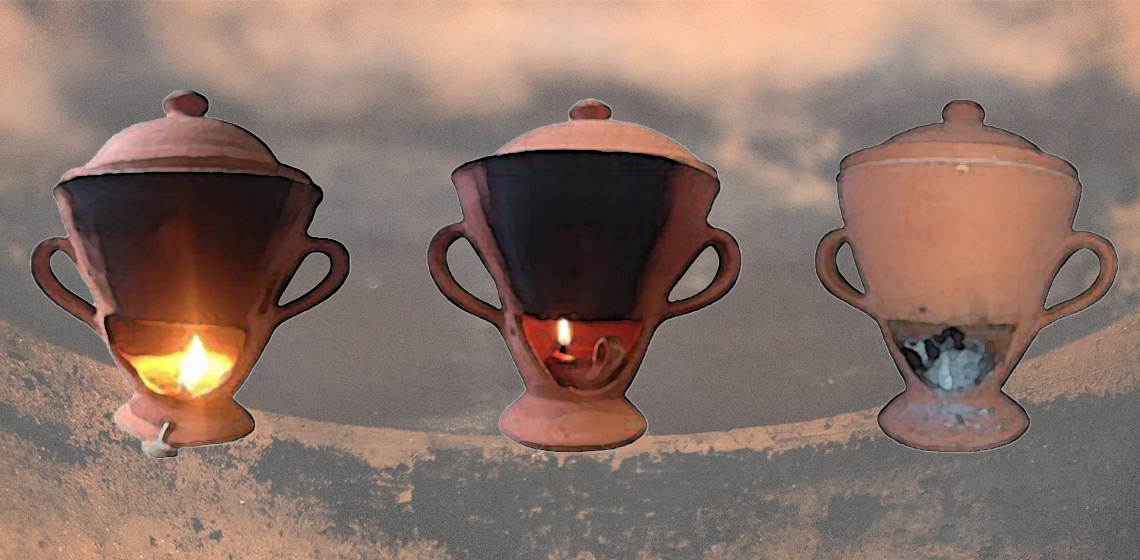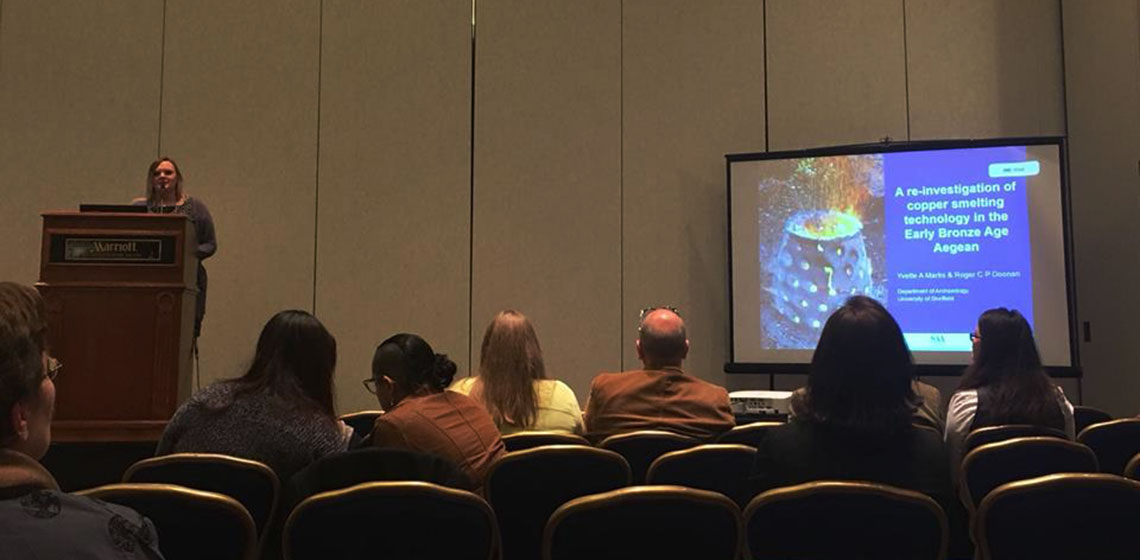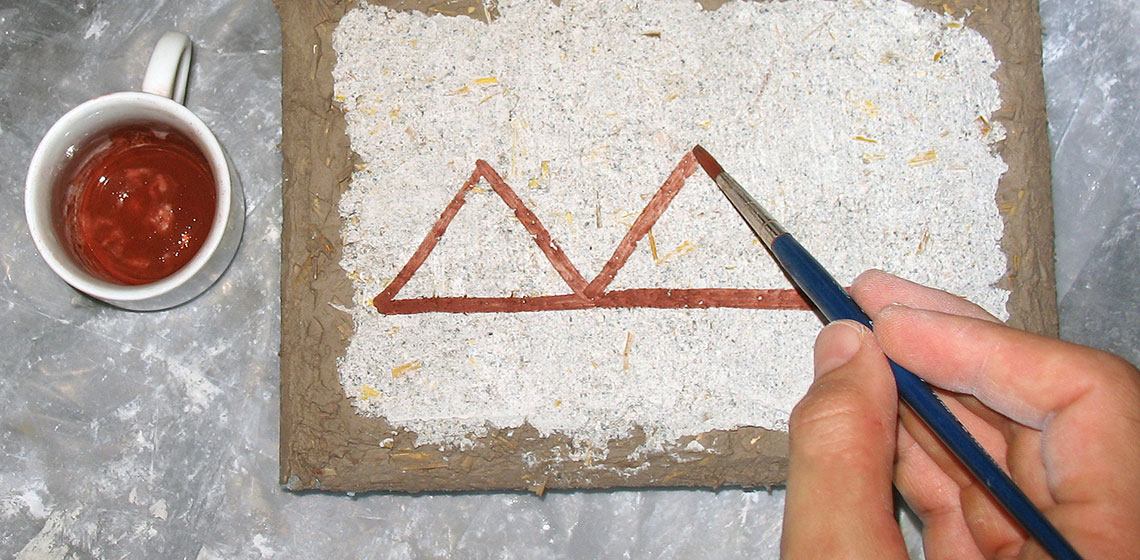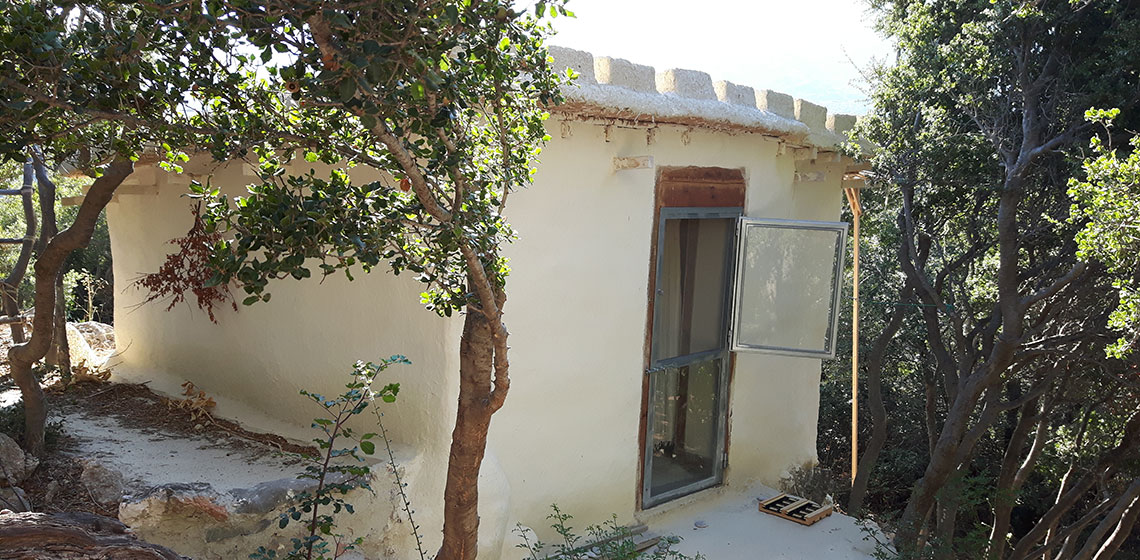Greece
Fresco Mixtures with Dried Lime Plaster: Cameron’s Experiments Revisited
Publication Date
Introduction
During the Bronze Age, the craftspeople of the eastern Mediterranean practiced a form of reuse or recycling: fragments of mortar were used as aggregates in lime mixtures intended for walls or floors (Shaw, 1973, p.222; Brysbaert, 2003, pp.168-173, pp.175-176; Jones, 2005, p.220; Brysbaert, 2008, p.118). Such a mixture was found in a house in the Akrotiri settlement of Santorini, in a part of the wall that was intended to be painted (Jones, 2005, p.220).
Ceramicists, Apprentices or Part-Timers? On the Modelling and Assembling of Peak Sanctuary Figurines
Publication Date
The question of who made peak sanctuary figurines has frequently been raised but seldom deeply examined. The assumption that the aesthetically refined pieces were carefully made by skilled ‘artists’ while the less visually pleasing ones were rapidly made by low-skilled ‘artisans’ has consequently endured. Revisiting these conclusions from..
The Vertical Olive Crushing Mill as a Machine and its Energy Balance - A Preliminary Approach
Publication Date
The vertical crushing mill turns the olives into pulp by combining the rotational and rolling motion of a heavy upright stone wheel that moves with continuous contact along a circular horizontal trajectory on a stationary base which forms the system's frame of reference. It was devised during the Hellenistic period and served as one of the most important and impressive means of production in the pre-industrial olive mills of Crete and the Mediterranean in general, until more advanced mill types gradually started replacing it from the mid-19th century onwards.
Experimental Study of Byzantine Chafing Dishes
Publication Date
This article sets out to examine the production, function, and use of Byzantine chafing dishes, which have been largely neglected by academic literature. As no practical engagement with chafing dishes has been previously attempted, experimental archaeology was chosen as a methodological tool capable of testing hypotheses associated with these wares and generating new research questions...
Conference Review: SAA General Session, Experimental Archaeology 2018
Publication Date
The Society for American Archaeology is, perhaps with the exception of the World Archaeology Congress, the largest meeting of archaeologists in the world. The 2018 annual meeting was held in Washington DC and was attended by approximately 5000 archaeologists. Delegates were primarily from the States, but there was also a good international showing with attendees coming from around the world...
An Experimental Diachronic Exploration of Patination Methodology of Dark Patinated (Arsenical) Copper Alloys on Case Studies from the Eastern Mediterranean Bronze Age and Early Iron Age
Publication Date
10th EAC Leiden 2017
***Artificially patinated copper alloys are found archaeologically in polychrome artefacts from the 19th century BC Egypt to historical and contemporary Japan. The unusual colour variations observed in these patinas, ranging from black to blue to purple, is due to a minor amount of gold (Au) and silver (Ag) in their copper matrix, whereas accompanying elements such as tin (Sn), iron (Fe), and arsenic (As) might influence workability, hue or shine.
***Artificially patinated copper alloys are found archaeologically in polychrome artefacts from the 19th century BC Egypt to historical and contemporary Japan. The unusual colour variations observed in these patinas, ranging from black to blue to purple, is due to a minor amount of gold (Au) and silver (Ag) in their copper matrix, whereas accompanying elements such as tin (Sn), iron (Fe), and arsenic (As) might influence workability, hue or shine.
Painting Bronze Age Plaster from Thebes Boeotia
Publication Date
A series of experiments were conducted to study an unusual mortar mixture identified by Brysbaert (2008a) in plaster fragments found in Thebes, Boeotia (Her study of the samples mentioned in the article included investigation by X-ray diffraction, stereo, reflected light and scanning electron microscopy, laser-induced breakdown spectrometry, micro-Raman spectroscopy and macroscopic study.)...
A Minoan Experimental House – Paying Tribute to Middle Bronze Age Cretan Vernacular Architecture
Publication Date
In the mountains south of Agios Nikolaos, north-east Crete, the Minoans of the Middle Bronze Age (2000-1650 B.C.) left behind several kinds of ruins, which were studied in my PhD thesis (Beckmann 2012a). The 337 ancient sites discovered during this investigation were arranged in a loose settlement pattern, with dwellings ca. 150 m from each other, composed of manifold field- enclosures and animal pen walls surrounding variably sized houses and connected by an extensive network of paths.
Museum Theatre in Greece: Perspectives in Site Interpretation
Publication Date
The paper summarizes preliminary findings of a research project on the use of museum theatre in Greek open-air sites, as a part of a PhD thesis. The research focuses on the exploration of the development, use and function of museum theatre in Greek open-air sites based on available secondary resources and primary research, which included site visits, interviews and data analysis...
Interview: the Association of Historical Studies Koryvantes
Publication Date
“The Koryvantes Association was founded in 2009 by people with a background in the study of ancient Greek warfare who were not satisfied by the level of reconstructions undertaken so far in Greece and internationally and who wished to ultimately adopt a framework based on experimental archaeological methodology...

